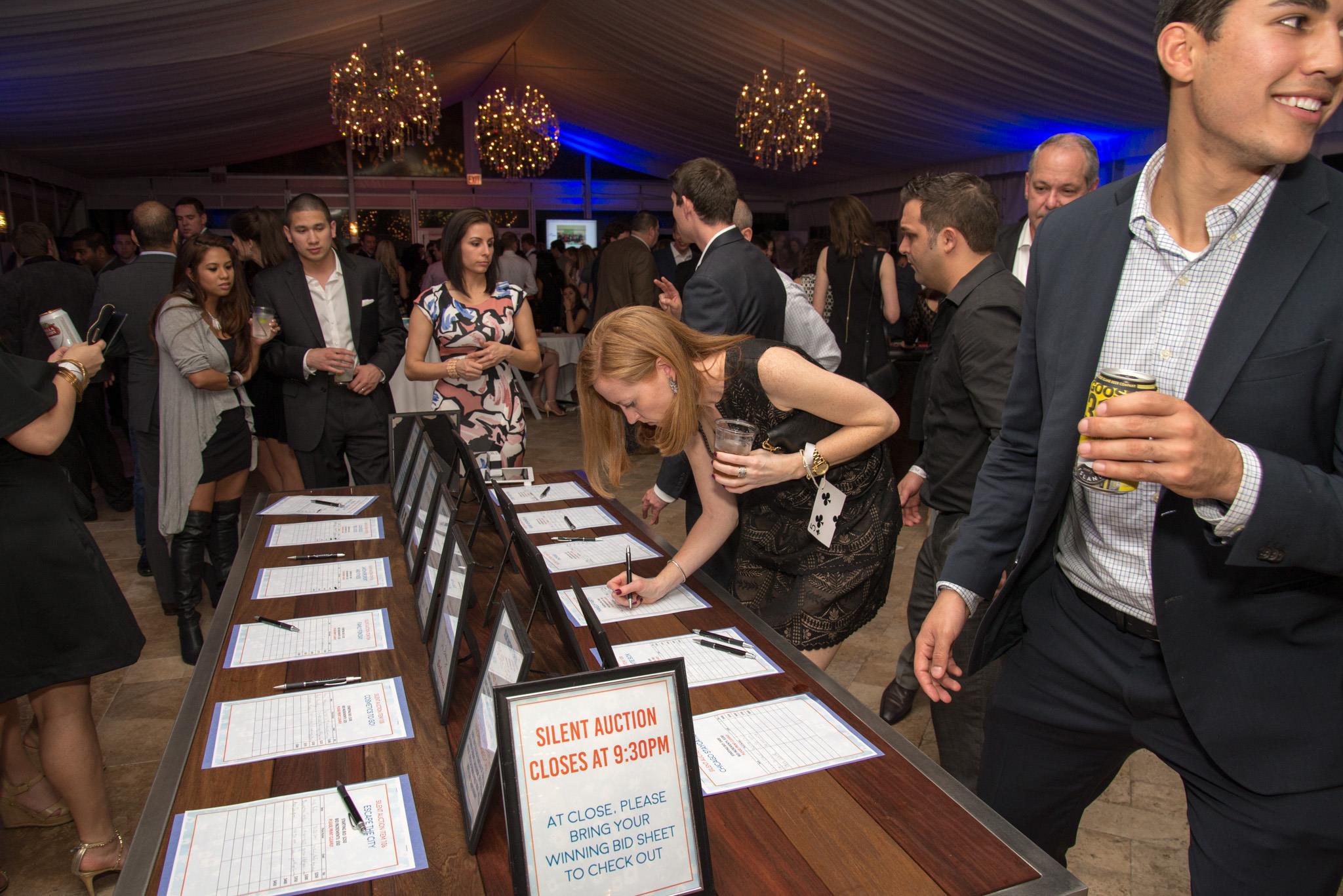Before I started blogging for VolunteerLocal, I started using VolunteerLocal. At first, I was working at a small nonprofit that occasionally hosted little volunteer opportunities. I used the free version of the platform, and it helped me manage my little signups simply. When I moved to a role at a University became responsible for events that necessitated hundreds of volunteers, I knew exactly which platform I wanted to use to protect my sanity and make signing up a breeze for the volunteers. (Any guesses?) That’s right: I created a new VolunteerLocal account and upgraded to a paid version of the platform that I continue to build into my annual budget at work.
The VolunteerLocal platform meets my (every-evolving) needs year after year, and it will meet yours if you:

Need an easy way for volunteers to sign up for specific shifts and jobs. Volunteers love not having to create a log-in with a password they will constantly forget. With VolunteerLocal, they can sign up using whatever e-mail address is most convenient for them, and they receive a confirmation message automatically. Volunteers (and volunteer managers) can see exactly how many spots are open for any given shift and job.

Need a dashboard to track your progress. Customize your VolunteerLocal login so you can get a quick snapshot of how many shifts remain open, how many are filled and how many unique and overall volunteers you have participating in your event. It even gives you a countdown of days until the event, if you want! This is a great motivator or nerve-calmer, depending on how recruitment is going.

Need to collect volunteer T-shirt sizes. No need to guess at sizes for volunteers and accidentally over-order a batch of XXLs. The ability to customize signup information eliminates the need to track down volunteers and individually request their size, mobile phone number, or any specialized info that you need, like whether they’re with a certain company or over the age of 13. You can build it all in, and keep it constant or change it up and make it unique for any event.

Need an easy way to communicate with volunteers. Paid VolunteerLocal accounts allow you to send mass messages through the platform to your whole volunteer team, or customize instructions and follow-up per job.

Need an easy way for volunteers to cancel their shifts. If you don’t want to deal with e-mails and voicemail excuses, you can allow volunteers to cancel or swap shifts. Or, if you’re like me, you can turn that function off. Social sharing is also an option, if you want your volunteers to be able to tweet out or post to Facebook about their shifts and help you with your marketing efforts.

Need a simple day-of sign in. You can easily export your volunteer lists and data as a spreadsheet. Again, you can so this en masse for the whole group, or export batches for specific job sign-ins. You can also use the platform to check in volunteers electronically on the Grow Plan.

Need a way to store your annual volunteer data. I like to archive my events in VolunteerLocal after they’ve happened, and then at the end of the year, I take them out of archive and collectively export the data to get a big picture of who has volunteered and how often/long. I’ll also pull a past event out of archive if I want to make volunteer staffing plans based on the previous year’s successes and challenges.

Need other people to be able to manage different events. With various paid VolunteerLocal accounts, you can have multiple administrators who can access only the events and information you give them permission to control. This is great if you’re working with student clubs and want to give access to student leaders, but only for the organizations they oversee.

Need an assistant. What volunteer coordinator wouldn’t like an assistant to help with busywork and data? VolunteerLocal is like a virtual assistant that can pull reports for you faster than you can grab yourself a cup of coffee. Plus, it never takes a vacation day!

Need to talk to a person if you’re stuck. VolunteerLocal has amazing customer service. They have been a phone call or e-mail away when I’ve had rare issues, and give me pointers on shortcuts and tricks that make using the platform even more fun.
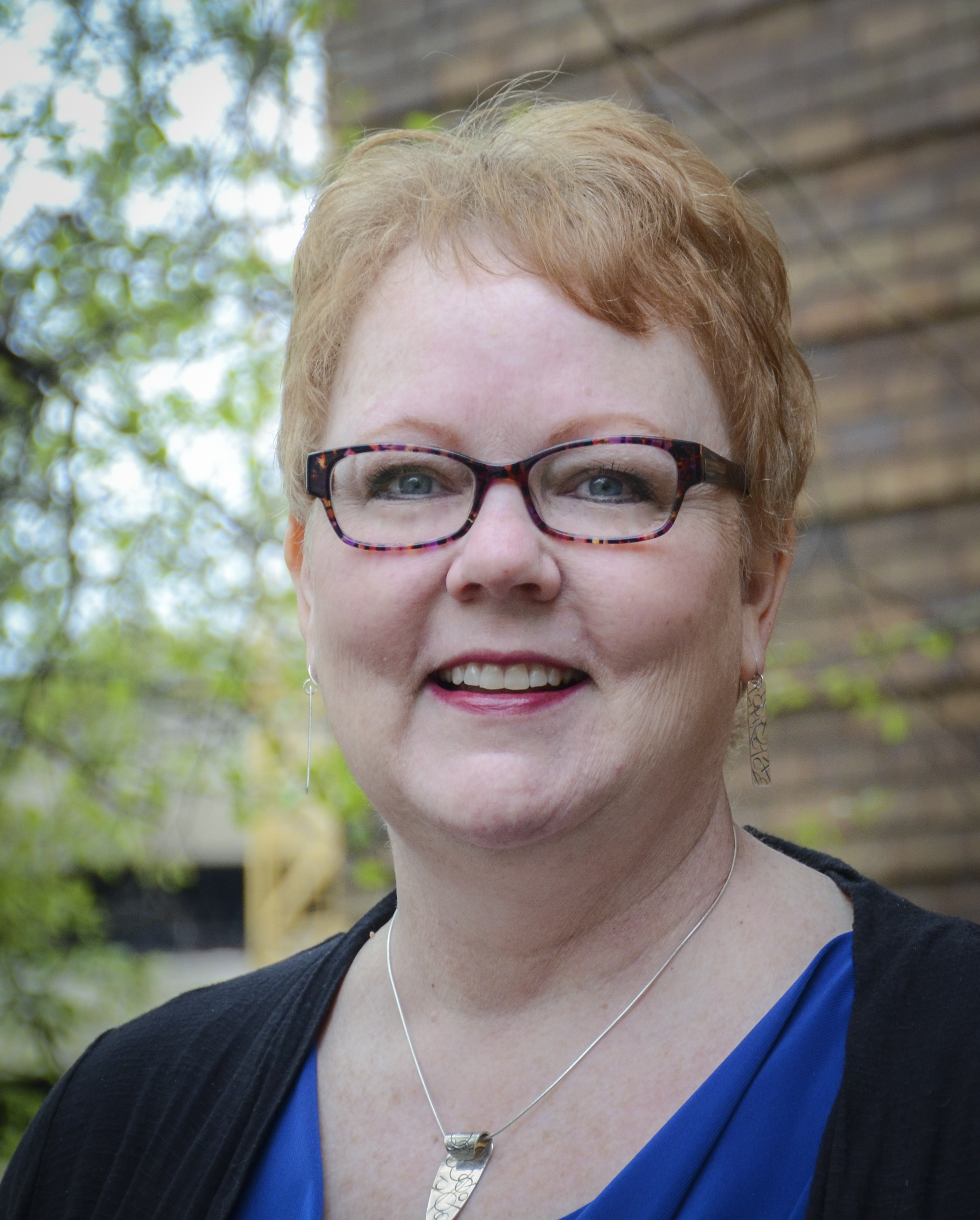
 Are there any festivals or performers that you’ve been particularly excited about this
Are there any festivals or performers that you’ve been particularly excited about this


 To wrap up our chat, I asked Kim if there was anything in particular that she was looking forward to as the event approached.
To wrap up our chat, I asked Kim if there was anything in particular that she was looking forward to as the event approached. At VolunteerLocal, we’re lucky to work with organizations making a real difference in industries, countries and cities all over the world.
At VolunteerLocal, we’re lucky to work with organizations making a real difference in industries, countries and cities all over the world. What are some of the roles your volunteers play in your organization?
What are some of the roles your volunteers play in your organization?
 Meet Caroline Robinson, Event Services Coordinator at USA Triathlon. She helps USAT produce events that range from 900 to over 5,000 athletes – and she works with thousands of volunteers throughout this process in cities across the country.
Meet Caroline Robinson, Event Services Coordinator at USA Triathlon. She helps USAT produce events that range from 900 to over 5,000 athletes – and she works with thousands of volunteers throughout this process in cities across the country.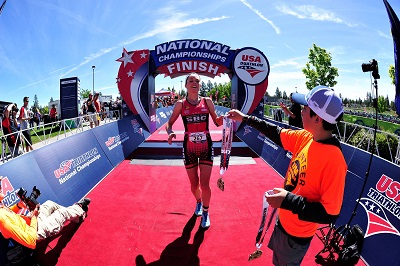 go out and do that. Have the face-to-face contact, speak to a college class for ten minutes.” She cautioned, “Don’t be afraid to go out into the community to speak with these people.”
go out and do that. Have the face-to-face contact, speak to a college class for ten minutes.” She cautioned, “Don’t be afraid to go out into the community to speak with these people.” For Robinson, it’s as simple as saying, ‘we’re looking for volunteers, here’s the date, here’s the link’ – and she likes to begin her outreach with certified Coaches, Race Directors and other officials who aren’t working the event.
For Robinson, it’s as simple as saying, ‘we’re looking for volunteers, here’s the date, here’s the link’ – and she likes to begin her outreach with certified Coaches, Race Directors and other officials who aren’t working the event.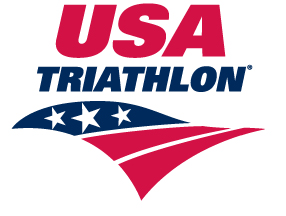 Founded in 1982, USA Triathlon sanctions more than 4,300 races (so this isn’t their first rodeo) and connects with nearly 500,000 members each year, making it the largest multisport organization in the world. The organization serves as the National Governing Body for triathlon, as well as duathlon, aquathlon, aquabike, winter triathlon, off-road triathlon, and paratriathlon in the United States.
Founded in 1982, USA Triathlon sanctions more than 4,300 races (so this isn’t their first rodeo) and connects with nearly 500,000 members each year, making it the largest multisport organization in the world. The organization serves as the National Governing Body for triathlon, as well as duathlon, aquathlon, aquabike, winter triathlon, off-road triathlon, and paratriathlon in the United States.

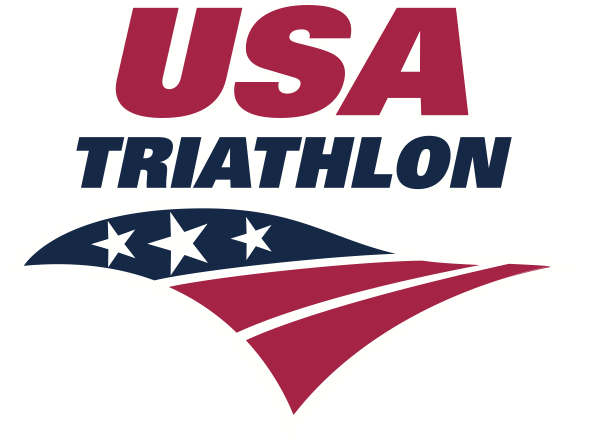 Founded in 1982, USA Triathlon sanctions more than 4,300 races and connects with nearly 500,000 members each year, making it the largest multisport organization in the world. The organization serves as the National Governing Body for triathlon, as well as duathlon, aquathlon, aquabike, winter triathlon, off-road triathlon and paratriathlon in the United States.
Founded in 1982, USA Triathlon sanctions more than 4,300 races and connects with nearly 500,000 members each year, making it the largest multisport organization in the world. The organization serves as the National Governing Body for triathlon, as well as duathlon, aquathlon, aquabike, winter triathlon, off-road triathlon and paratriathlon in the United States.
